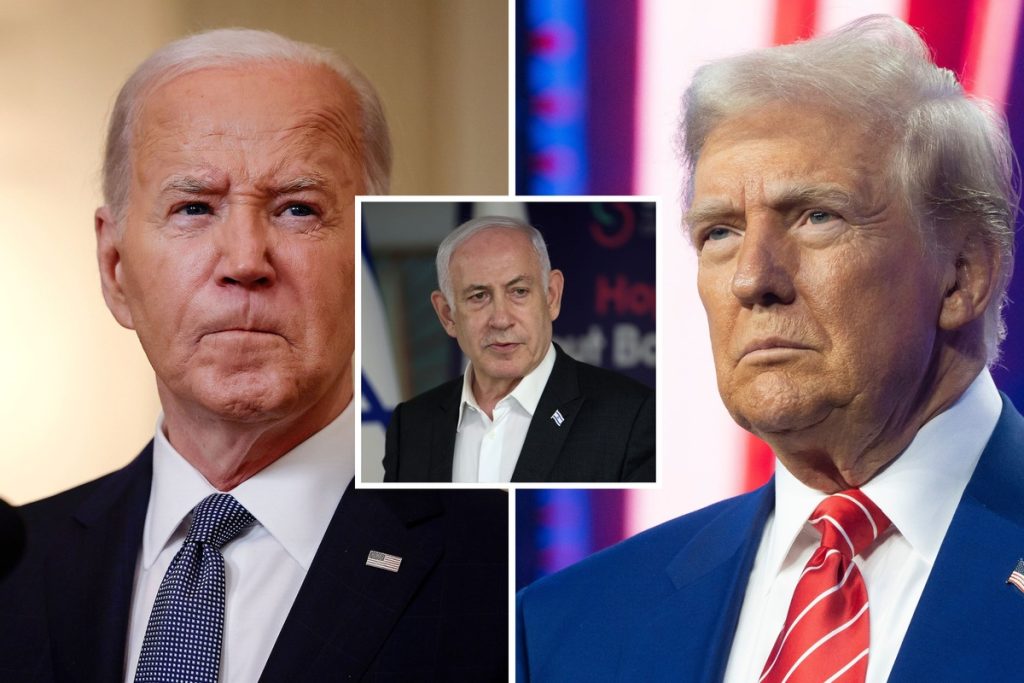The announcement of a ceasefire and hostage deal between Israel and Hamas, brokered by Qatar, Egypt, and the United States, was met with cautious optimism, tinged with concerns about its durability. The deal, facilitated by the joint mediation efforts of the three countries, aimed to bring an end to the devastating conflict that began with Hamas’s unprecedented attack on Israel in October 2023. The agreement involved a phased approach, beginning with a 42-day pause in hostilities, the release of 33 Israeli hostages, and the reciprocal release of hundreds of Palestinian prisoners held by Israel. However, the nascent agreement immediately faced challenges, with Israel accusing Hamas of attempting to extract last-minute concessions, a claim Hamas denied. This disagreement threatened to derail the deal before it could even be implemented, highlighting the deep mistrust and complex dynamics between the two sides.
The proposed ceasefire agreement outlined a three-phase process. The initial phase, set to last six weeks, focused on de-escalation and the exchange of hostages. It stipulated a cessation of hostilities, the withdrawal of Israeli troops from Gaza’s population centers, the return of displaced Gazans to their homes, and increased humanitarian aid to the devastated enclave. The subsequent two phases, the details of which were to be determined after the initial phase commenced, aimed to address the long-term issues fueling the conflict. However, the fragility of the agreement was underscored by the renewed Israeli strikes on Gaza following the mediators’ announcement, raising questions about the commitment of both sides to a lasting peace.
The timing of the deal coincided with the U.S. presidential transition, with both outgoing President Biden and incoming President Trump claiming credit for its achievement. While Netanyahu’s office thanked both presidents for their efforts, the sequence of acknowledgments suggested a greater emphasis on Trump’s role, with Netanyahu planning a visit to Washington shortly after Trump’s inauguration. Trump himself linked the deal to his election victory, portraying it as a testament to his peacemaking abilities. This politicization of the ceasefire further complicated an already delicate situation.
The human cost of the conflict had been immense. Over 1,200 Israelis were killed in the initial Hamas attack, with a further 250 taken hostage. Israel’s retaliatory campaign in Gaza resulted in a staggering death toll, with estimates exceeding 46,000, although the distinction between combatants and civilians remained unclear. The protracted conflict and the plight of the hostages put immense pressure on the Israeli government, particularly Prime Minister Netanyahu, who faced opposition from within his own cabinet, notably from far-right ministers who resisted any deal with Hamas.
Despite the challenges and uncertainties, the mediators expressed hope that the agreement would mark a turning point in the protracted conflict. They viewed the ceasefire as a crucial first step towards achieving a permanent resolution and breaking the cycle of violence that has plagued the region. The Qatari Prime Minister emphasized the importance of leadership and difficult decisions in solidifying the agreement and paving the way for a sustainable peace. However, the history of failed ceasefires and broken promises between Israel and Hamas cast a long shadow over the prospects for long-term stability.
The specific details of the hostage exchange remained somewhat unclear. While the mediators announced the release of 33 Israeli hostages, including women, children, the elderly, and the infirm, the number of Palestinian prisoners to be released in return was not specified. Reports suggested that some of the Israeli hostages, including two U.S. citizens, were no longer alive. The uncertainty surrounding the numbers and identities of the hostages added to the anxiety and complexity of the situation. The fate of the remaining hostages not included in the initial exchange also remained a pressing concern. The successful implementation of the first phase of the agreement, including the safe return of the hostages, was seen as crucial for building trust and creating momentum for the subsequent phases and the eventual realization of a lasting peace.

